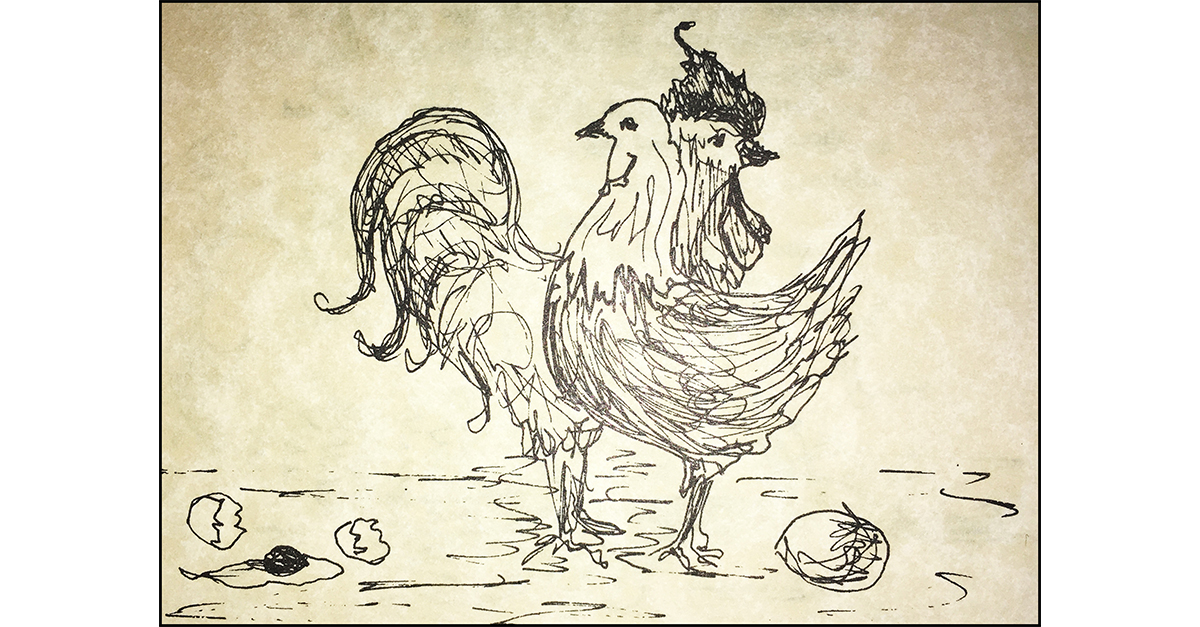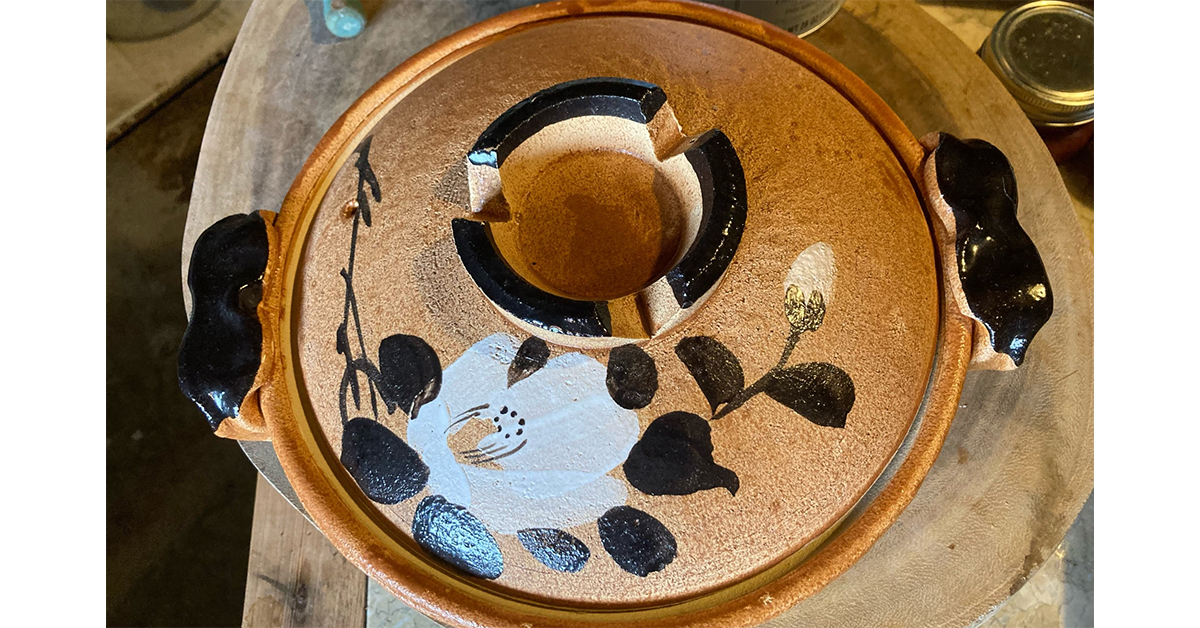by Geraldine Duncann ©2009
Serves 4 to 6
Cock a Leekie takes many forms in Scotland and is as much a part of the culture as single malt whisky, haggis, bagpipes and shortbread. I found this recipe in the records of the crofters village of Auchachenna, on the shores of Lock Gynn in Argylshire. In it’s original form this recipe probably dates from the 17th century since it mentions that if you could get them you might find the “New Virginia Patata,” preferable to neeps, (turnips). The original recipe calls for “…a venerable old cock who had outlived his usefulness in the barnyard and was too old for roasting…” Since you most likely don’t have a “…venerable old cock…” handy, you may of course use any chicken you find in your market.
- 2 or 2 strips of bacon, diced
- 1 large onion, diced
- a small sprig each of thyme, rosemary, sage, and savory
- 1 chicken, cut up
- 1 large or 2 to 3 small, (depending on size) Leeks, chopped and well washed, including about 4 to 6 inches of the green tops
- 2 medium potatoes, peeled and diced
- Stock, broth or bouillon, – (or canned commercial) *
- 1 cup cream
- 1/4 cup chopped fresh parsley
- Salt and fresh coarse ground black pepper to taste
Place the bacon in a large heavy pot and gently sauté the bacon until it begins to release its fat. Do not allow to brown. Add the diced onion and herbs and continue to sauté until the onions are soft, pinkish and translucent. Add the chicken parts and lightly brown on all sides. Add the leeks and potatoes and cover all with water of stock. Bring to a boil, then reduce the heat to maintain a rapid simmer. Cover with a tight fitting lid and continue to cook until the meat is falling off the bone. Remove from the heat and leave sit until cool enough to handle. Remove the meat from the bones and dice. Set aside. Skim as much fat as possible from the broth. Return the chicken meat to the pot and stir in the cream. Cook only until all is hot through. Stir in the fresh parsley and season to taste with salt and pepper. Serve hot with Fresh Crusty Bread.
* Since most likely the only chicken you will be able to find will not be a “venerable old cock,” chances are it will not produce quite as favorable a stock as the old bird would have, therefore you may wish to give your stock a bit of help.



